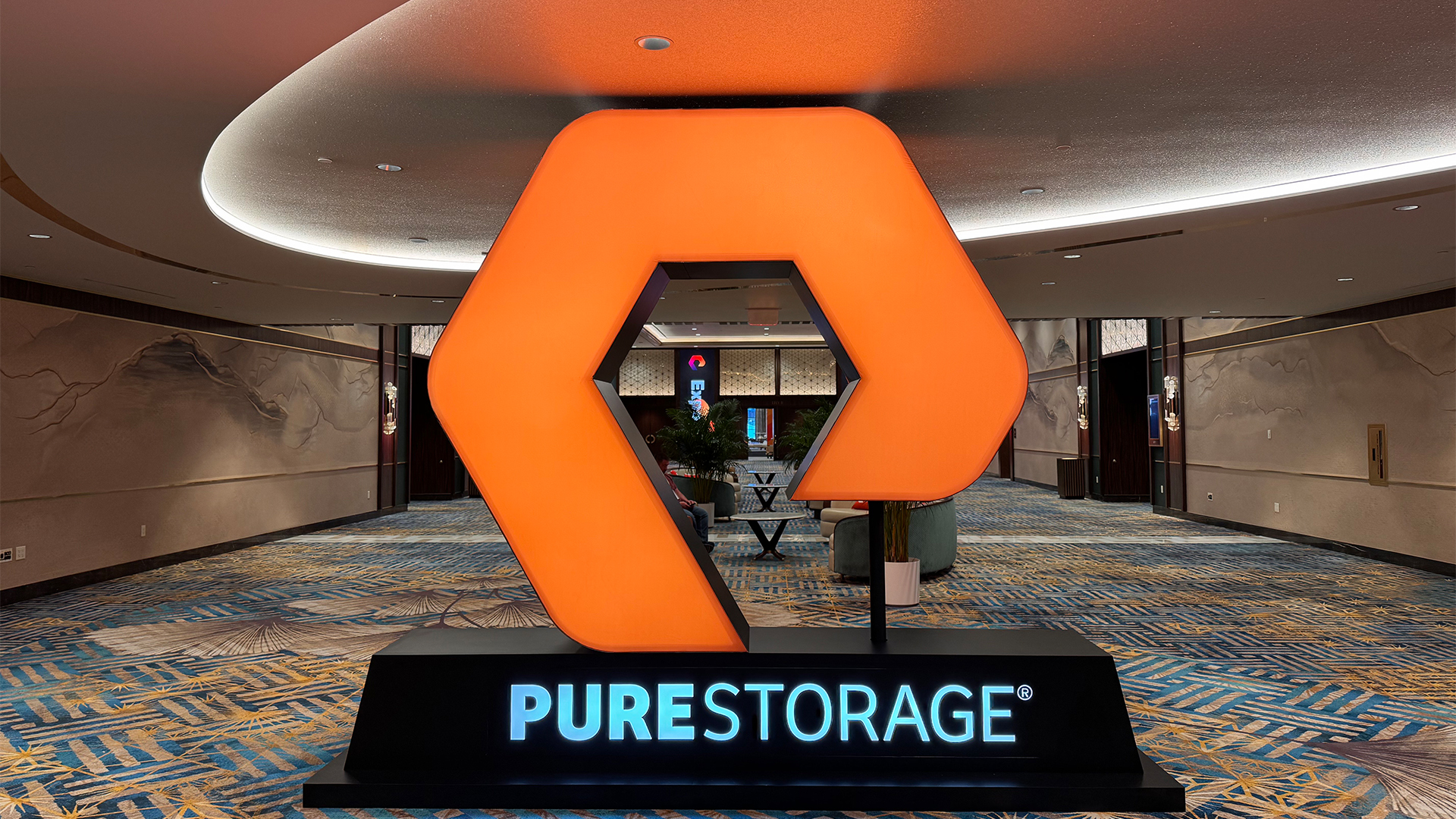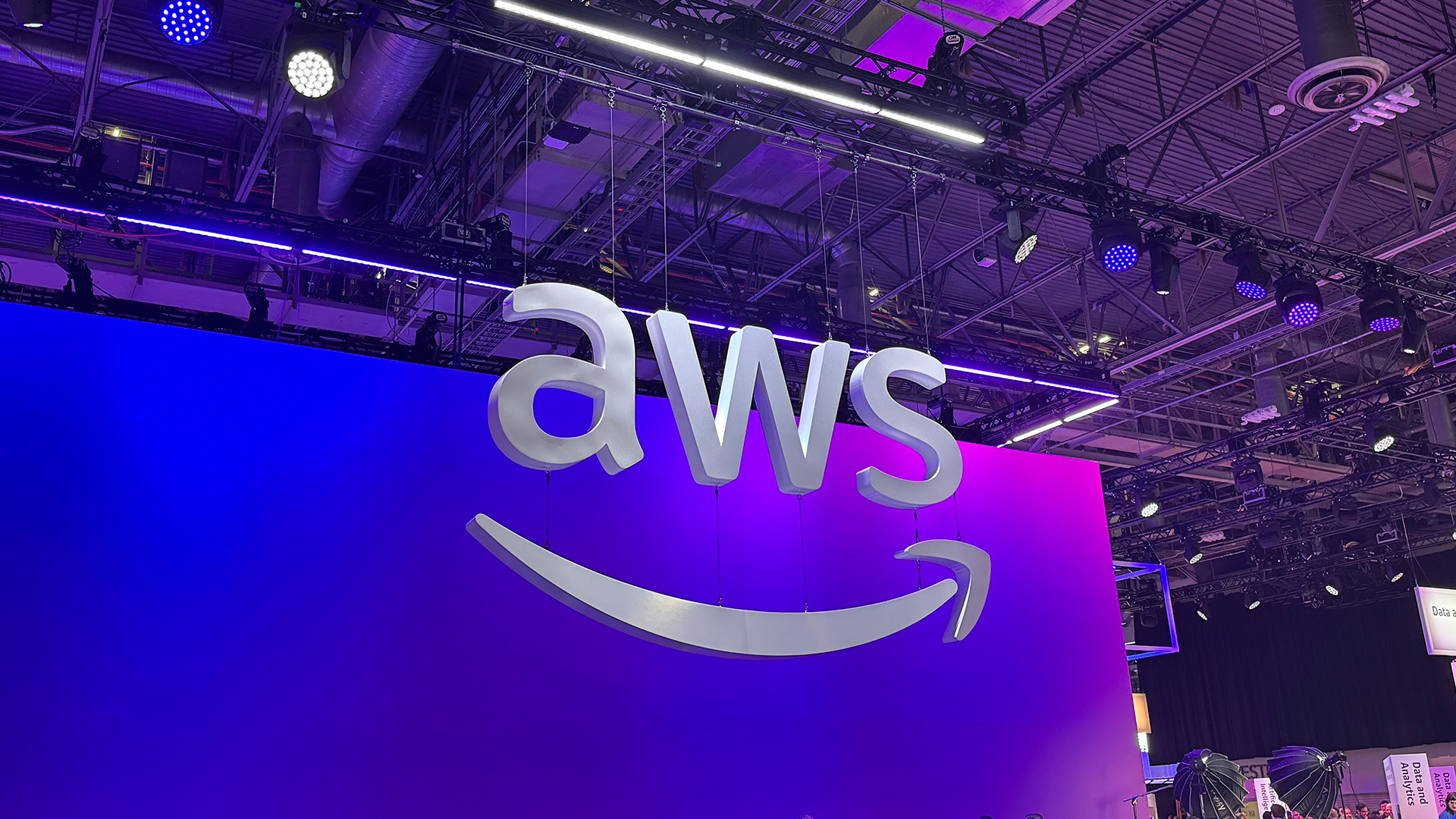The current state of desktop virtualisation
Why aren’t more people taking advantage of the benefits of desktop virtualisation? Simon Brew looks at the current state of play…

It's an interesting move, too. It's little secret that Dell is moving its business model away from being perceived as a supplier of computers, and it clearly sees a strong future in virtualisation, as opposed to hardware. Dell's Jeff Clarke is certainly bullish about the benefits of the acquisition.
"While this announcement is exciting for Dell on the computing side, it holds just as much promise for our datacentre and enterprise businesses", he wrote.
"A desktop virtualisation instance often includes a significant sales drag of datacentre technologies such as server, networking and storage, and complemented by deployment and implementation services. The expanded desktop virtualisation capabilities will create potential new market opportunity for the full range of Dell's enterprise solutions and services."
So why do it?
The advantages to virtualisation are pretty clear-cut, in that it means far more concentrated maintenance of a firm's computers. Instead of, for instance, going around every machine in the office and installing fresh updates, it can all be handled centrally.
This also means it's easy to manage and contain security issues, and the deployment of fresh software and updates is much, much simpler. In fact, the time involved in maintaining a network is reduced, perhaps significantly.
Furthermore, it means that individual terminals aren't out of action while updates are being applied, too. Downtime is reduced. Disaster recovery is made a lot, lot more straightforward. These are all very big ticks in the pros' column, and strong reasons why small businesses, education institutions and many big corporates are utilising the technology.
Sign up today and you will receive a free copy of our Future Focus 2025 report - the leading guidance on AI, cybersecurity and other IT challenges as per 700+ senior executives
The flip side of the proverbial coin? Well, there's clearly a problem is a central server encounters any kind of problem. Instead of taking out one machine, it could potentially have broader ramifications. Obviously there are ways around that (clusters help), but that brings in the next problem: virtualisation really needs a properly managed network in order to properly work to its potential. At times, it can be a little unforgiving if corners are cut.
-
 Pure Storage’s expanded partner ecosystem helps fuel Q3 growth
Pure Storage’s expanded partner ecosystem helps fuel Q3 growthNews The data storage vendor has announced a 16% year-over-year revenue hike in its latest earnings report, driven by continued channel and product investment
-
 Partners have been ‘critical from day one’ at AWS, and the company’s agentic AI drive means they’re more important than ever
Partners have been ‘critical from day one’ at AWS, and the company’s agentic AI drive means they’re more important than everNews The hyperscaler is leaning on its extensive ties with channel partners and systems integrators to drive AI adoption